
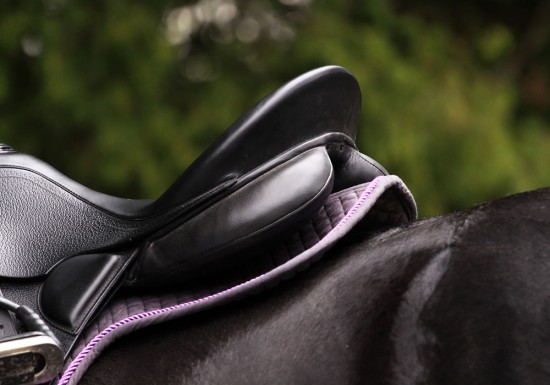
Tack is the name of the basic “tools” used to ride, drive or otherwise work with horses.
While some people refer to only the saddle, bridle and head collar as tack, (basically the leather parts), others use the term in the general sense to mean all things relating to the horse.
Traditionally tack was only the leather parts, which is why tack cleaning articles generally only explain how to clean leather.
Tack
Equipment
If leather is kept clean and well-oiled it will last longer and be more supple than hard, dry leather. In the case of personal items such as shoes this is mainly about appearance and to a lesser degree about making them last longer. With saddles and bridles it is about much more with safety as the main concern. This safety incorporates a huge range of things; dry leather can crack and break - reins that are not well looked after can break and you end up riding a horse without steering and brakes. Leather that is not well maintained can irritate or hurt the horse and cause it to behave badly and possibly throw you off. Hard stirrup leathers can pinch and chafe your legs to a painful degree. Stitching that breaks or comes undone is a major cause of reins breaking and is easily checked while cleaning.
Quite apart from all this there is the economic factor to consider; tack is expensive to buy and the short time required to keep it clean can save a lot of money.
It is a good idea to give your tack a quick clean every time it is used. This can take as little as five minutes each day, and it also means when you come to give it a proper clean it takes a lot less time.
You need a sponge, saddle soap, either a bar or tub of saddle soap, two cloths and leather oil. Bridle and saddle are taken apart and each part cleaned individually.
The bars of saddle soap often work better than the tubs as you can pick the bar up and rub it into hard to reach places to make the leather softer.
Damp the sponge in lukewarm water, squeeze out any excess water and rub this liberally with saddle soap. The easiest way to clean most bridle parts is to hold the strap in one hand and bend the sponge so it grips the leather on both sides. You then rub up and down, cleaning both sides simultaneously. The bit is cleaned with water only.
Headcollars are cleaned the same way as bridles.
The saddle is easier to clean as there are larger areas and you just rub these with the soaped sponge. Do both sides and all straps.
Next oil the leather. Neatsfoot Oil is the most widely used and you simply use a dry cloth to apply this, undiluted and straight from the tin, onto the leather. Rub it lightly in and keep applying until a light film of oil appears. Leave this for an hour or so and it there is any excess oil still visible, rub it with another dry cloth to remove this surplus so it does not dirty clothes.
Then reassemble the saddle and bridle.
Very few enjoy cleaning tack, but it is just one of these important jobs that needs done, and don’t forget, cleaning is not only about appearance but also safety.
While you are cleaning all these pieces look carefully at them to check for cracks and stitching that is coming undone. This is for your safety, as repairing your tack before it brakes is a vital part of stable precautions.
If you use boots on your horse that are made of leather, include these in your tack cleaning.
Tips
Hang the bridle on a hook, take a damp sponge, rub it over a bar of saddle soap and run the sponge over the bridle with special attention to the inside part that touches the horse as that is where sweat can build up. Rub the sponge on the bar of saddle soap again and clean the inside bend of the cheekpieces and reins where they are attached to the bit. Give the bit a rub with a damp cloth, (not the same one you use for saddle soaping as the horse will have this in its mouth), to freshen it up.
Set the saddle on a saddle rack, saddle horse or stable door and give it a quick rub with saddle soap too. Clean the seat, saddle flaps, inside and out, stirrup leathers and girth straps. If you use a leather girth clean this too with extra attention to the inside.
Check the inside of your girth, whatever material this is made of, for build-up of sweat, grit and any other foreign bodies that could irritate and cause pain. The same applies to boots of any type your horse uses, and if any of these are leather give them a quick clean too.
By doing this you will keep you tack in good order and then once every month or two you can take it apart and clean it thoroughly.
It makes no difference if you have tail bandages or leg bandages as these are generally made of the same fabric, but stable bandages may be made of felt or wool and need special cleaning so check before starting and read the instructions on the packet they came in.
Bandages and fabric girths can usually all go into a washing machine on a low wash along with leg boots and numnahs. Use very little washing powder so as not to risk irritation to the horse; for the same reason a gentle washing powder is best. Placing a girth in an old pillow case stops the buckles getting caught in the drum and breaking either the girth or your washing machine. Placing the bandages, numnah and boots in a pillow case too stops you getting horse hairs all through your washing machine.
Nylon headcollars can also be washed in the machine inside a pillow case to keep the buckles from doing damage.
Just remember to do this when your horse will not be ridden the next day to allow time for these items to dry; that is unless you have spare ones.
Washing rugs can be a bit of a nightmare. Many rugs are so large they do not fit into a washing machine, but even those that do, take ages to dry. If you have to hand wash a rug, not only does this require extra effort washing, but the drying time is considerably lengthened as more water remains, (the spin removes a large quantity). Rather than buying a large bulky rug it can be a good idea to buy a lighter rug and use another rug underneath. This means you have a smaller rug to wash and an old blanket can be substituted until the under rug is dry.
Obviously having two rugs is ideal as you use the spare rug while the other is drying, but this can be quite expensive.
Note: If you are replacing an old washing machine that still works, (maybe it leaks), do not throw it away but set it outside where it will last a few more years and use it for your horse equipment.
Wash your brushes regularly with a little soap and water. There is little point cleaning your horse with a dirty brush.
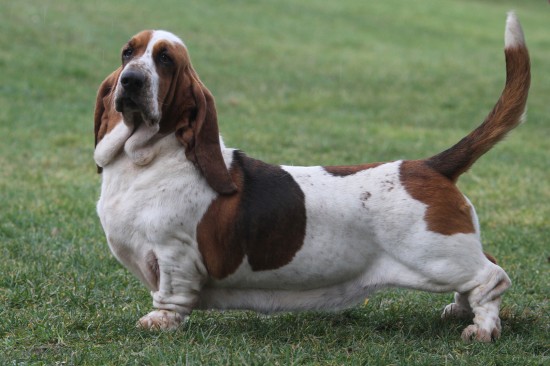 Basset Hound Health Considerations
Basset Hound Heal
Basset Hound Health Considerations
Basset Hound Heal
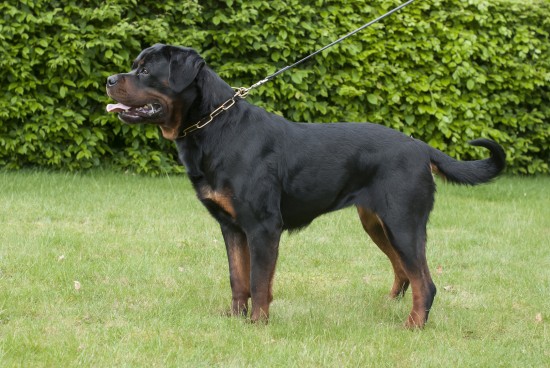 8 Breeds Of Dog Prone To Developing Cancer
8 Breeds Of Dog P
8 Breeds Of Dog Prone To Developing Cancer
8 Breeds Of Dog P
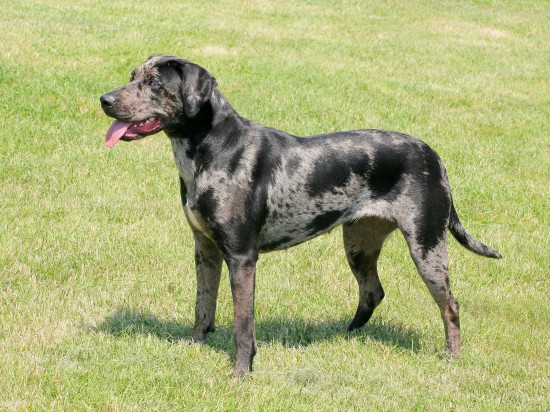 All About The Catahoula Leopard Dog Breed
All About The Cat
All About The Catahoula Leopard Dog Breed
All About The Cat
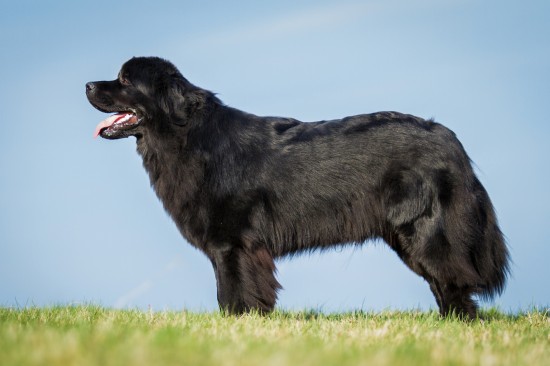 Spices And Other Cupboard Supplements For Dogs
Spices And Other
Spices And Other Cupboard Supplements For Dogs
Spices And Other
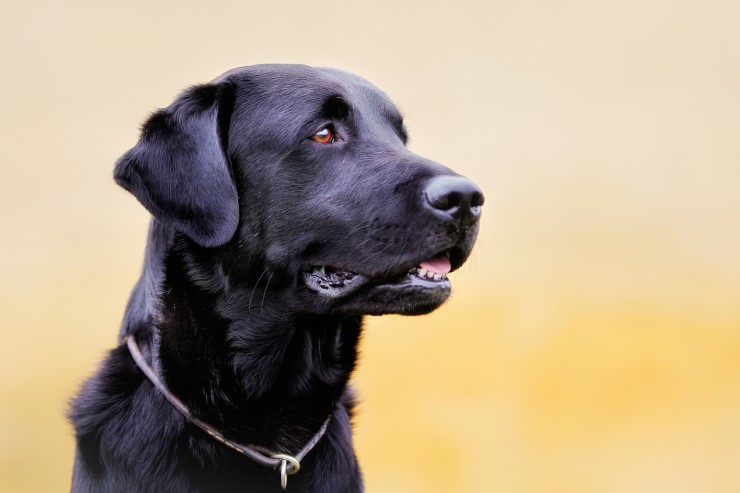 How To Protect Your Dog Against Canine Hepatitis
How To Protect Yo
How To Protect Your Dog Against Canine Hepatitis
How To Protect Yo
Copyright © 2005-2016 Pet Information All Rights Reserved
Contact us: www162date@outlook.com